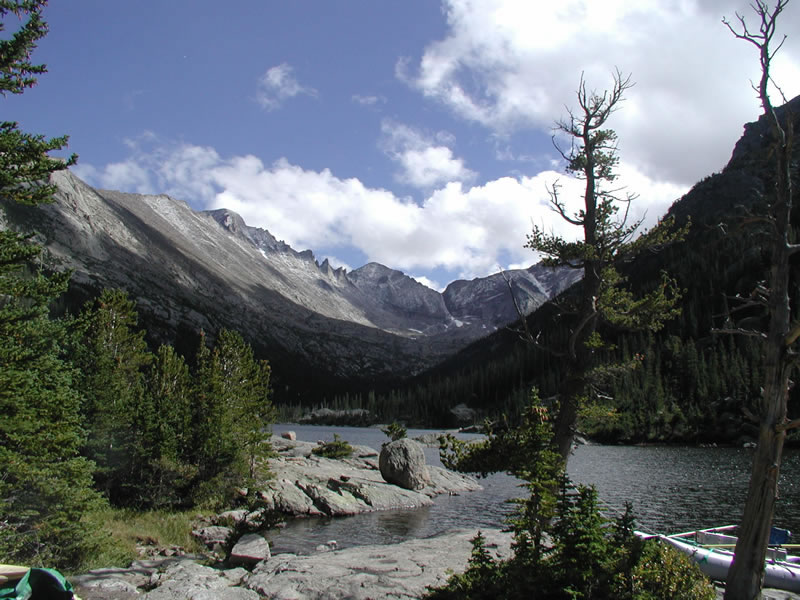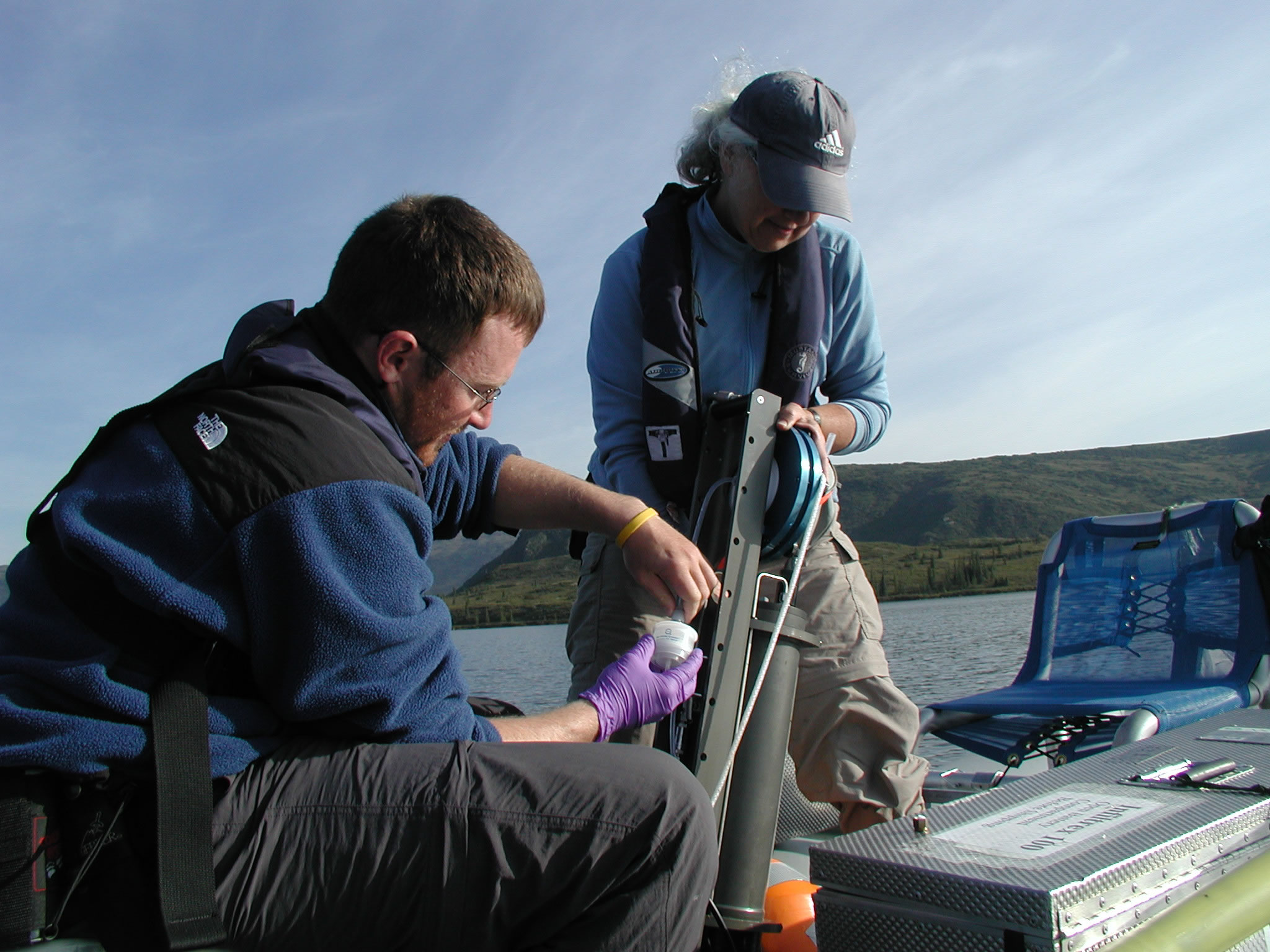Last updated: December 17, 2018
Article
WACAP - Toxic Air Pollutants in Western National Parks
 Mills Lake, Rocky Mountain National Park, Colorado.
Mills Lake, Rocky Mountain National Park, Colorado.The snow covered mountains and alpine lakes of many national parks in the western U.S. often appear pristine. But, airborne contaminants travel on the wind and can pose serious health threats to wildlife and humans when they are deposited. This is especially true of contaminants that bioaccumulate in the food chain. In 2002 the Western Airborne Contaminants Assessment Project (WACAP) was launched to determine the risk from airborne contaminants to ecosystems and food webs in western national parks. This six-year long project inventoried airborne contaminants in national parks by sampling air, snow, water, sediment, lichen, conifer needles, and fish. Samples were analyzed to establish the concentrations and biological effects of airborne contaminants. Atmospheric transport patterns were also assessed to identify potential sources of contaminants.
The eight core parks of the WACAP study were:
- Denali NP & Pres
- Gates of the Arctic NP & Pres
- Glacier NP
- Mount Rainier NP
- Noatak NPres
- Olympic NP
- Rocky Mountain NP
- Sequoia-Kings Canyon NPs
As part of WACAP additional air and vegetation samples were collected from:
 Sample collection from Denali National Park and Preserve, Alaska.
Sample collection from Denali National Park and Preserve, Alaska.-
Bandelier NP
-
Big Bend NP
-
Crater Lake NP
-
Glacier Bay NP & Pres
-
Grand Teton NP
-
Great Sand Dunes NP & Pres
-
Katmai NP & Pres
-
Lassen Volcanic NP
-
North Cascades NP
-
Stikine-LeConte Wilderness
-
Wrangell-St. Elias NP & Pres
- Yosemite NP & Pres
The U.S. Environmental Protection Agency, U.S. Geological Survey, U.S. Forest Service, University of Washington, and Oregon State University all worked with the NPS on the WACAP study study.
Key findings:
-
Measurable amounts of current use and historic (banned in the U.S.) contaminants were found in snow, water, vegetation, fish and lake sediment at all 8 of the core parks.
-
Parks closest to agricultural areas (Sequoia NP, Rocky Mountain NP, Glacier NP) contained higher levels of currently used pesticides and historic pesticides.
-
Historical records of contaminants in lake sediments show that the U.S. ban (in the 70s - 90s) of several key contaminants (e.g., DDTs, dieldrin, chlordanes) has reduced deposition of these compounds to lake sediments in some parks further away from agricultural sources, but they are continuing to accumulate in lake sediments of many parks close to agricultural sources.
-
Contaminants generally increased with elevation, so high elevation areas in parks may be at extra risk for contamination.
-
Contaminant concentrations of mercury in fish in many parks exceeded risk thresholds for health impacts to fish-eating birds and mammals, while concentrations of DDT in some fish at Sequoia NP and Glacier NP and chlordanes in one fish at Glacier NP exceeded risk thresholds for health impacts to fish-eating birds.
-
Concentrations of mercury, dieldrin, and DDT found in fish from some parks exceeded EPA human health thresholds.
-
Some "intersex" fish (male and female reproductive structures in the same fish) were found in Rocky Mountain NP and Glacier NP.
- Some "new" contaminants like PBDEs (flame retardants commonly applied to furniture fabric) show increases in deposition to park ecosystems.
Source: NPS DataStore Collection 5510. To search for additional information, visit the NPS DataStore.
